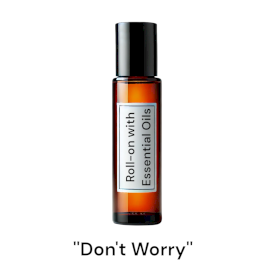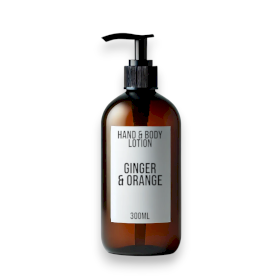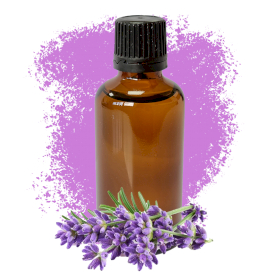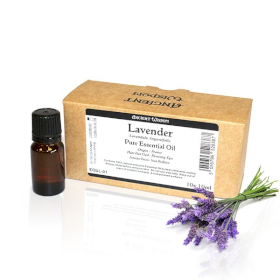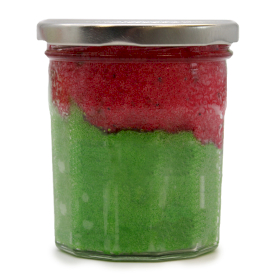ALLERGENS AT COSMETIC PRODUCTS, NEW AMENDMENT PUBLISHED. REGULATION 2023/1545 CHANGES THE ALLERGEN LIST FROM 24 TO 80 SUBSTANCES.
Deadlines and adaptation periods for cosmetic products
As the updated list of fragrance allergens at Regulation 2023/1545 is likely to result in entries in Annex III to Regulation (EC) No 1223/2009 combining existing and new restrictions, it is necessary to provide that cosmetic companies should continue to apply existing restrictions while working to apply the new ones.
Regulation 2023/1545 confirms the transition period mentioned in the draft Regulation that we already know, and beauty brands will have to adapt the labels to the new requirements according to the following timelines:
In 3 years for new cosmetic products to enter the EU market; until 31 July 2026.
In 5 years for cosmetic products that are already on the EU market, until 31 July 2028.
The substances are mainly present in fragrances, which are organic compounds with characteristic, usually pleasant, odours. They are widely used in perfumes and other perfumed cosmetic products, but also in many other products.
PLEASE NOTE: The UK had not announced when these changes will be applicable for the UK Market but it is believed that they will be implemented at some point. The EU law covers everything in the UK and more so a UK label in the future will not be good enough for the EU but an EU label will be good enough for the UK.
With this in mind we will have to adapt to the EU laws across the company. But UK based customers not wishing to sell in to the EU after the transition dates will not.
Which substances will be listed and in which amount?
Regulation (EU) 2023/1545 adds new substances to the existing list of allergens to be individually mentioned, when present in a concentration that exceeds:
0,001 % in leave-on products;
and 0,01 % in rinse-off products.
This amendment, Regulation 2023/1545, aligns the names of existing allergens to those of the latest Common Ingredients Glossary, updates CAS and EC numbers to avoid mistakes, and also groups similar substances in one entry for clarity and simplicity.
The new substances that must be declared on the labels when present at the product are:
Pinus Mugo Pinus Pumila Cedrus Atlantica Oil/Extract Turpentine Alpha-Terpinene Terpinolene Myroxylon Pereirae Oil/Extract Rose Ketones 3-Propylidenephthalide Lippia citriodora absolute Methyl Salicylate Acetyl Cedrene Amyl Salicylate Anethole Benzaldehyde Camphor Beta-Caryophyllene Carvone Dimethyl Phenethyl Acetate Hexadecanolactone Hexamethylindanopyran Linalyl Acetate Menthol Trimethylcyclopentenyl Methylisopentenol Salicylaldehyde Santalol Sclareol Terpineol Tetramethyl acetyloctahydronaphthalenes | Trimethylbenzenepropanol Vanillin Cananga Odorata Oil/Extract Cinnamomum Cassia Leaf Oil Cinnamomum Zeylanicum Bark Oil Citrus Aurantium Flower Oil Citrus Aurantium Peel Oil Citrus Aurantium Bergamia Peel Oil Citrus Limon Peel Oil Lemongrass Oil Eucalyptus Globulus Oil Eugenia Caryophyllus Oil Jasmine Oil/Extract Juniperus Virginiana Oil Laurus Nobilis Leaf Oil Lavandula Oil/Extract Mentha Piperita Oil Mentha Viridis Leaf Oil Narcissus Extract Pelargonium Graveolens Flower Oil Pogostemon Cablin Oil Rose Flower Oil / Extract Santalum Album Oil Eugenyl Acetate Geranyl Acetate Isoeugenyl Acetate Pinene |
AW-Aromatics are prepared for these changes in Europe and can provide new style Allergen Declarations for all of our products. If you have any further questions, please feel free to contact us on sales@aw-aromatics.com
